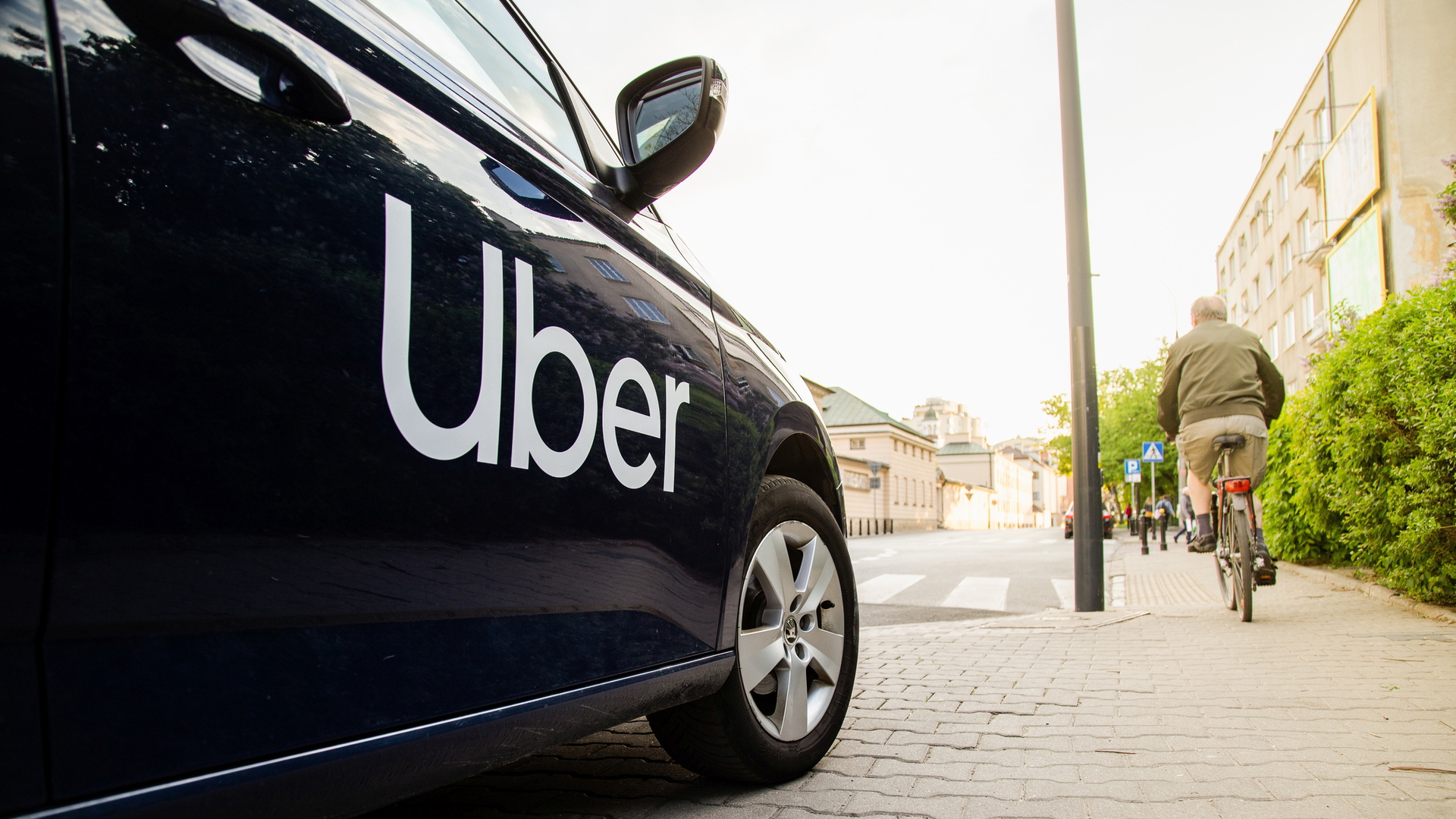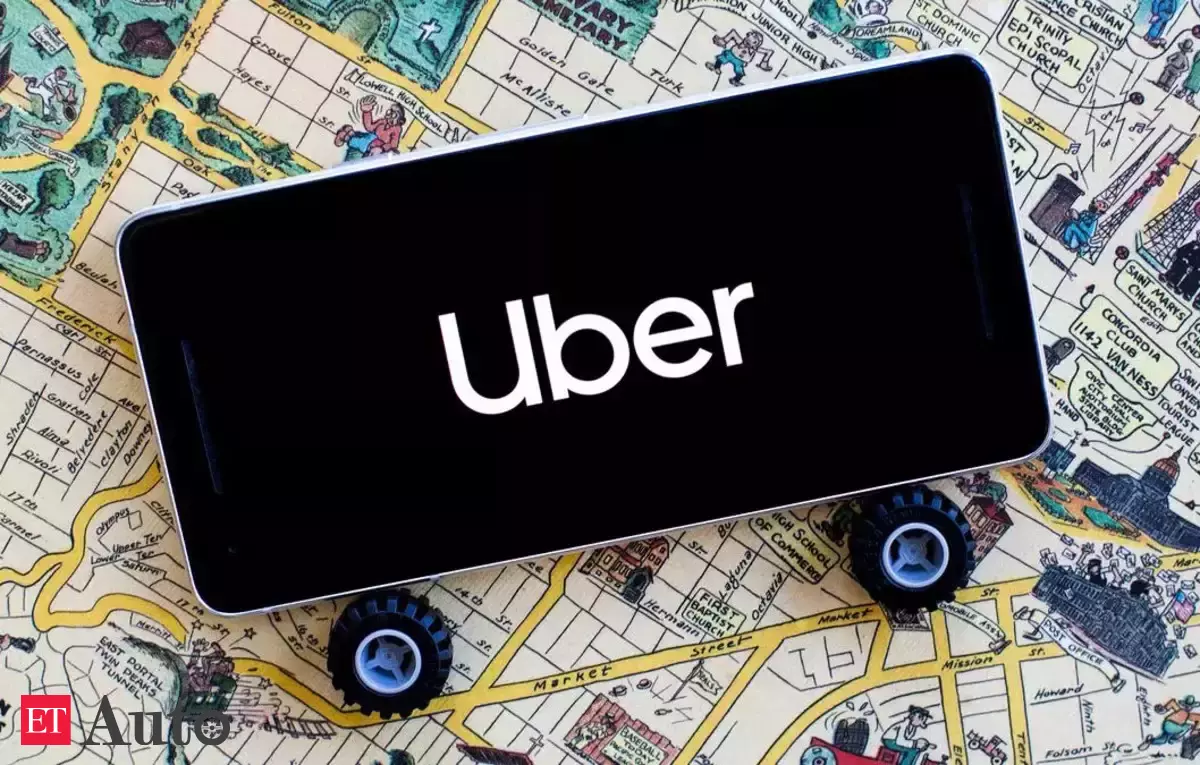In an era where convenience is king, the shimmer of ride-hailing apps like Uber and Lyft has been tarnished for many drivers by the reality of startlingly low pay rates. Recent reports have revealed that some drivers are experiencing fares as low as $3 per trip—less than the cost of a standard cup of coffee. This has sparked a wave of discontent among gig workers, signaling a growing frustration with the economics of gig driving.

Uber Drivers: Earning Less, Working More
According to insiders and several firsthand accounts, the frequency of these low-paying trips is on the rise. Drivers from diverse locales—from Arizona to Florida—have shared their stories, complete with screenshots depicting these paltry sums, emphasizing the challenge of making ends meet on such wages.
Sergio Avedian, a senior contributor at the gig-driver-advocacy blog The Rideshare Guy, highlighted the increased vehicle wear and tear associated with such short trips, which often fail to compensate for the real costs of driving.

“The math simply doesn’t add up,” Avedian explained, noting the financial impracticality of accepting fares that barely cover operational expenses. Like many others, he has noticed a distressing trend: the earnings from these short rides do not square with the rising costs of vehicle maintenance, gas, and other essentials.
Corporate Promises vs. Driver Realities
In response to growing criticisms, representatives from Uber and Lyft have defended their payment structures, asserting that drivers can earn over $30 per hour when engaged on the app.
Yet, this figure starkly contrasts the experiences shared by numerous drivers who struggle to match these alleged earnings due to the prevalence of low-paying rides and high operational costs.

Despite corporate assurances, the sentiment on the street is markedly different. A Lyft spokesperson pointed out that their drivers earned a median of $31.10 per hour including tips and bonuses in early 2024.
However, drivers like Randy Scott, who also manages local political campaigns, have observed a steady influx of fares under $5, which he attributes to a market increasingly saturated by drivers with fewer alternatives.
The Human Cost of Convenience
The plight of ride-hailing drivers illuminates the harsh reality of the gig economy. While consumers enjoy unprecedented convenience and affordability, the workers on the front lines often bear the brunt of cost-cutting measures.
The stories of drivers receiving less than $3 per trip underscore a broader issue of economic sustainability and fair compensation in gig work.
As more drivers voice their grievances and demand better pay, the future of gig driving hangs in the balance. Will companies adjust their fare structures to ensure fair compensation, or will drivers continue to struggle under the weight of an unprofitable model?
Only time will tell, but drivers like Avedian are clear about their stance: “I cannot run a profitable business by making $3 trips.”
The ride-hailing giants may need to reconsider their strategies to maintain a satisfied and sustainable driver workforce, as the current trajectory could drive away many who depend on this income.
The balance between profitability for the companies and fair compensation for the drivers remains a contentious issue, set against the backdrop of an evolving gig economy that continues to challenge traditional employment norms.










